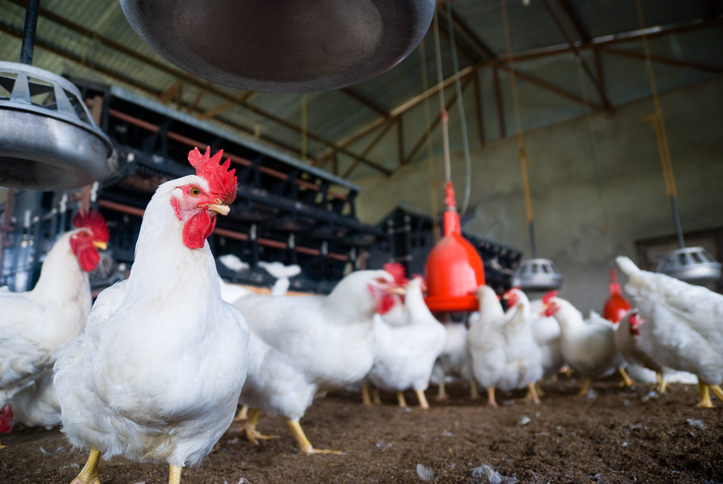As the global population continues to grow, meeting the world’s demand for animal protein in a sustainable way is becoming increasingly challenging. Data science offers promising solutions by enabling companies across the animal protein supply chain to optimize their operations.
Let’s explore some of the ways data analytics and AI are being applied to help improve productivity and efficiency at every step – from the farm to the packaging facility. With advanced data collection tools, predictive models, and optimization algorithms, companies can better forecast supply and demand, reduce waste, improve animal health and welfare, and ensure product quality and safety.
Overall, data science is helping the animal protein industry feed more people while using fewer resources. By leveraging the power of data, companies are finding innovative ways to sustainably deliver affordable, nutritious protein to tables around the world. The opportunities for positive impact are tremendous as analytics and AI transform traditional practices in the meat, dairy, and egg industries.
From the farm to the packaging facility, data science is helping optimize operations across the animal protein supply chain. On the farm, predictive analytics can forecast periods of higher disease risk, allowing farmers to proactively protect animal health. Sensors on water lines, feed bins and climate control systems generate data to closely monitor animal growth and prevent costly losses.
Further processing plants rely on data analysis for production planning to more efficiently cut carcasses into optimum mixes of cuts to fill demand while maximizing profit. For food service customers seeking smaller, uniform portions, planning and product availability optimization drives increased volume through these smaller cuts. In branded retail programs with specific requirements for breed, feed regimen and medications, blockchain solutions could verify compliance back to the farm of origin.
For commodity retail programs, machine learning forecasts production volumes needed to maintain consistent inventory levels. Models factor in ads, promotions and seasonal demand shifts. Robust demand planning ensures adequate supply to avoid lost sales, while preventing oversupply and markdowns.
In export markets like China and the Pacific Rim, data guides allocation of every product sold to the most profitable customers and regions. Across all segments, quality control leverages computer vision to automatically detect defects and sort raw materials.
Data science unlocks valuable insights that allow companies to sustainably deliver the volume, quality and product mix customers demand. AI and advanced analytics will be key to optimizing productivity in the animal protein industry.
Data science presents immense opportunities to drive innovation in animal protein. However, many companies struggle to build capabilities. Trusted partners like Austin Data Labs can help – with deep expertise in food and agriculture, Austin Data Labs enables clients to leverage data and AI to optimize their supply chains. By collaborating with experienced partners, companies can tap into the power of data science to drive transformative improvements through AI-powered innovation.



